Home>Garden Essentials>How To Get Seeds From Microgreens
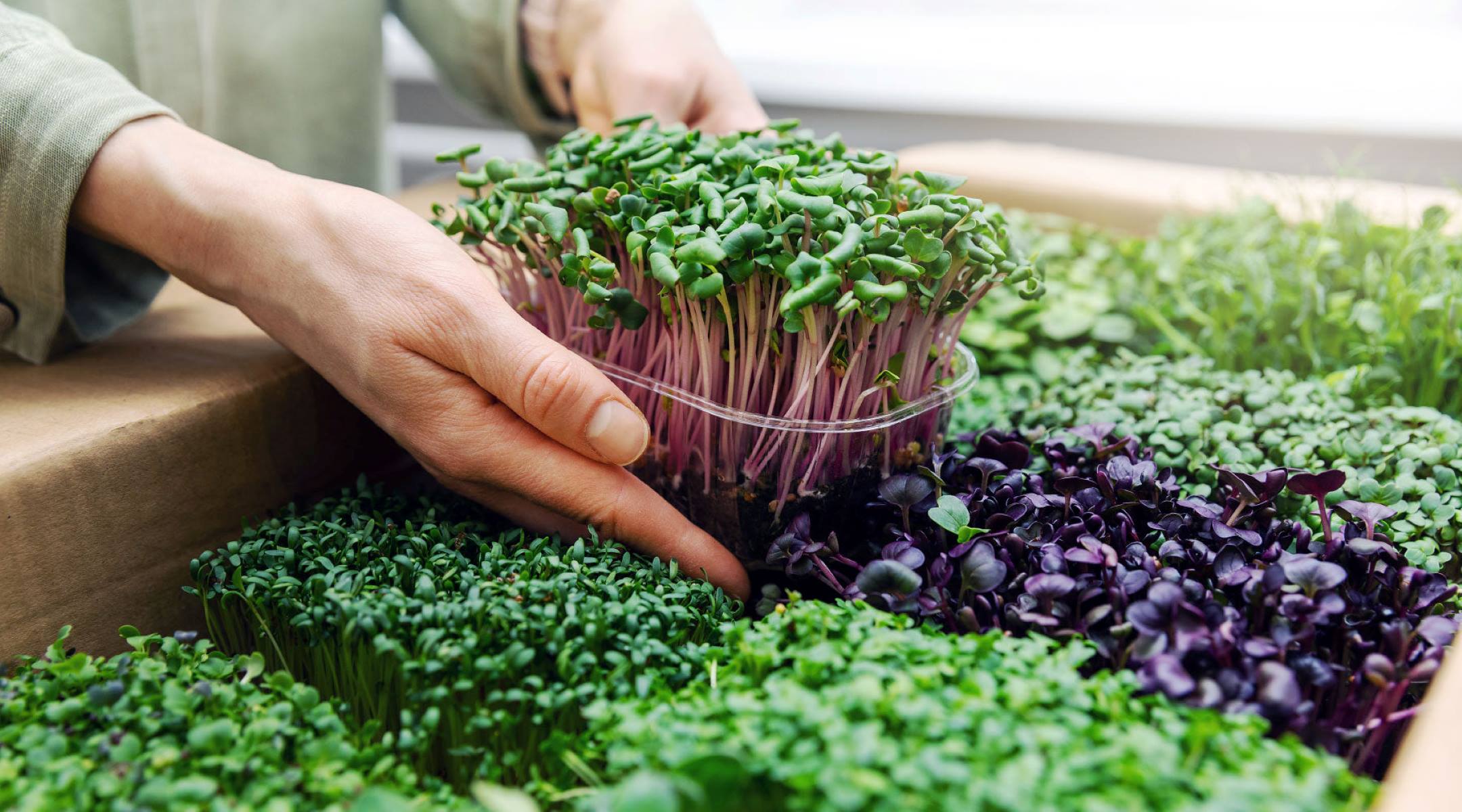

Garden Essentials
How To Get Seeds From Microgreens
Modified: March 26, 2024
Learn how to get quality seeds from microgreens for your garden. Discover the best techniques to ensure successful germination and healthy plant growth.
(Many of the links in this article redirect to a specific reviewed product. Your purchase of these products through affiliate links helps to generate commission for Storables.com, at no extra cost. Learn more)
Introduction
Welcome to the world of microgreens! These tiny, nutrient-packed greens have taken the gardening and culinary worlds by storm with their vibrant colors, unique flavors, and impressive health benefits. But did you know that microgreens are not just a one-time harvest? In fact, you can save both time and money by learning how to collect and save seeds from your microgreens.
The process of obtaining seeds from microgreens allows you to continue growing your favorite varieties in abundance. By harnessing the power of seed saving, you can ensure a constant supply of fresh microgreens, without having to rely on purchasing new seeds for each batch.
In this article, we will explore the importance of seeds in the world of microgreens, how to choose the right variety to grow, the process of growing microgreens from seed to harvest, and, of course, how to collect and store seeds from mature microgreens. So, let’s dive in and learn how to become a master seed saver!
Key Takeaways:
- Save money and enjoy a continuous supply of fresh microgreens by learning to collect and store seeds from your garden. Choose the right variety, harvest at the right time, and store seeds properly for a bountiful garden year after year!
- Have fun exploring different microgreen varieties and flavors while mastering the art of seed saving. Enjoy the rewards of growing your own vibrant and nutritious microgreens from seed to harvest.
Read more: How To Get Microgreen Seeds
The Importance of Seeds in Microgreens
Seeds are the heart and soul of microgreens. They are not only the starting point of the growing process but also play a crucial role in determining the taste, texture, and nutritional value of these miniature plants.
When it comes to microgreens, not all seeds are created equal. To achieve the best results, it is essential to select high-quality seeds that are specifically labeled for microgreen production. These seeds are carefully chosen for their germination rates, flavor profiles, and overall suitability for growing as microgreens.
One of the key reasons why seeds are vital in microgreens is their potential for a diverse and varied harvest. There is an extensive range of seeds available for microgreens, including popular varieties like broccoli, radish, sunflower, and pea. Each type of seed brings its own unique taste, texture, and color to the table. Experimenting with different seed varieties allows you to create captivating and visually appealing microgreen mixes.
Furthermore, seeds act as the source of nutrition for microgreens during their initial stages of growth. As they sprout and develop into young plants, they utilize the stored energy and nutrients within the seed to establish their root systems and develop their first set of leaves. This early growth phase is crucial for the microgreens to establish a strong foundation for further development.
Additionally, seeds provide microgreens with an array of essential vitamins, minerals, and antioxidants. These nutritious powerhouses are concentrated within the tiny structures of the seed, ready to be unlocked and utilized by the growing plant. As the microgreens continue to mature, they accumulate even more nutrients, making them a nutrient-dense addition to any diet.
By recognizing the importance of seeds in microgreens and selecting high-quality seeds, you can ensure the success and flavor of your harvest. So, in the next section, let’s explore how to choose the right variety of microgreens and set yourself up for a fruitful growing experience!
Choosing the Right Variety of Microgreens
When it comes to choosing the right variety of microgreens to grow, the options are virtually endless. From spicy radishes to tender arugula, there is a microgreen for every palate and preference. Here are some factors to consider when selecting the perfect variety for your garden:
1. Taste and Flavor: Microgreens come in a wide range of flavors, from nutty to spicy to earthy. Consider your culinary preferences and the flavors that will best complement your dishes. For example, if you enjoy a hint of spice, try growing varieties like radish or mustard greens. If you prefer a milder taste, go for pea shoots or sunflower microgreens.
2. Growth Characteristics: Pay attention to the growth characteristics of different microgreen varieties. Some varieties, like broccoli or kale, are quick to sprout and grow, making them ideal for beginners or those looking for a fast harvest. Others, like basil or cilantro, may require a bit more patience and care.
3. Color and Visual Appeal: Microgreens are known for their vibrant colors and visual appeal. Consider choosing a mix of microgreens with a variety of colors to create stunning and visually appealing dishes. A mix of red amaranth, green basil, and purple radish microgreens, for example, can elevate the presentation of any meal.
4. Nutritional Value: Each variety of microgreens offers unique nutritional benefits. Some are packed with vitamin C, while others are rich in vitamin K or beta-carotene. Consider your dietary needs and select microgreens that best align with your nutritional goals.
5. Availability of Seeds: Ensure that the seeds for your chosen microgreen variety are readily available. Check with local garden centers, seed suppliers, or online marketplaces to ensure you can easily acquire the seeds you need.
6. Personal Preference: Ultimately, let your personal preferences guide your selection. Choose microgreen varieties that excite you and spark your curiosity. Exploring new flavors and experimenting with different combinations can make the growing and harvesting process even more enjoyable.
Remember, the beauty of microgreens lies in their versatility and adaptability. Don’t be afraid to try new varieties, mix and match flavors, and cultivate your own unique microgreen blends. With the right variety in hand, you are ready to embark on the journey of growing microgreens from seed to harvest.
Growing Microgreens from Seed to Harvest
Now that you have chosen the perfect variety of microgreens to grow, it’s time to dive into the process of taking those seeds from packet to plate. Follow these steps to grow your microgreens successfully:
1. Prep the Growing Trays: Start by selecting shallow trays or containers with drainage holes. Fill them with a sterile growing medium, such as potting soil or coconut coir. Moisten the growing medium thoroughly, but make sure it is not waterlogged.
2. Sow the Seeds: Spread a layer of seeds evenly across the surface of the damp growing medium. Aim for a dense but not overcrowded arrangement, as this can inhibit proper airflow and lead to mold growth.
3. Light and Temperature: Microgreens thrive in warm and well-lit environments. Place the trays in a location with ample sunlight or use grow lights if natural light is limited. Maintain a consistent temperature between 60-75°F (15-24°C) for optimal growth.
4. Watering: Water the microgreens gently using a misting spray bottle or a gentle shower setting on a watering can. Avoid overwatering, as excess moisture can lead to mold and rot. Ensure that the growing medium remains consistently moist but not waterlogged.
5. Maintain Airflow: Proper airflow is essential for preventing the development of diseases and fungi. Consider using a small fan or ensuring there is good air circulation in the growing area. This can be as simple as leaving a window slightly ajar or using a gentle breeze from a nearby fan.
6. Monitor and Care: Keep a close eye on your microgreens as they grow. Watch for signs of pests, disease, or nutrient deficiencies. If necessary, address any issues promptly with appropriate organic pest control methods or by adjusting nutrient levels in the growing medium.
7. Harvest Time: Harvest your microgreens when they have reached the desired size, usually around 1-3 inches tall. Use sharp scissors or kitchen shears to cut the greens just above the soil level. Remove any seed husks or damaged leaves.
8. Rinse and Store: Rinse the harvested microgreens with cool water and gently pat them dry with paper towels or a clean kitchen cloth. Store them in airtight containers or bags in the refrigerator for up to a week to maintain freshness.
Remember, practice makes perfect when it comes to growing microgreens. Don’t be discouraged by any initial setbacks or challenges. Each growing cycle provides valuable experience and opportunities for improvement. With time, you will become more adept at growing microgreens and enjoy a bountiful harvest with each crop.
When and How to Harvest Microgreens
Timing is key when it comes to harvesting microgreens. Harvesting them at the right stage ensures optimal flavor, texture, and nutritional value. Follow these guidelines to determine when and how to harvest your microgreens:
1. First True Leaves: Microgreens are typically ready for harvest when they have developed their first set of true leaves. These leaves appear after the initial cotyledon (seed leaf) stage and are larger and more distinct in shape. This is usually around 7-14 days after sowing, depending on the variety.
2. Height and Color: Pay attention to the height and color of your microgreens. They should have reached a height of about 1-3 inches (2.5-7.5 cm) and display vibrant, rich colors. This indicates that they have obtained sufficient energy and nutrients for optimal growth.
3. Taste Test: Conduct a taste test to gauge the flavor of your microgreens. Gently pluck a leaf or two and take a nibble. The taste should be fresh, crisp, and flavorful. Experiment with different harvesting times to find the flavor intensity that suits your preferences.
4. Harvesting Method: To harvest microgreens, use clean and sharp scissors or kitchen shears. Hold the microgreen stems near the soil level and make a clean cut, avoiding any damage to the neighboring plants. Remove any excess foliage or seed husks that may hinder the quality of the harvested microgreens.
5. Harvesting Portions: You can choose to harvest the entire tray of microgreens at once or opt for a cut-and-come-again approach. To do the latter, only harvest a portion of the microgreens, allowing the rest to continue growing. This way, you can enjoy multiple harvests from a single planting.
6. Post-Harvest Care: After harvesting, gently rinse the microgreens under cool water to remove any dirt or debris. Pat them dry with paper towels or a clean kitchen cloth. Properly dried microgreens can be stored in airtight containers or plastic bags in the refrigerator for up to a week.
It’s essential to note that microgreens are highly perishable and are best when consumed fresh. To enjoy their full flavor and nutritional benefits, aim to consume them as soon as possible after harvest. Incorporate them into salads, sandwiches, smoothies, or garnish your favorite dishes to add a burst of freshness and vibrancy.
By understanding the signs of readiness and adopting the proper harvesting techniques, you can ensure that each harvest of microgreens is a testament to your gardening skills and dedication.
After harvesting your microgreens, allow a few plants to grow until they produce seeds. Once the seeds are mature, carefully collect and store them for future planting.
Read more: How To Germinate Microgreens
Collecting Seeds from Mature Microgreens
Once your microgreens have matured and reached their full growth potential, it’s time to collect the seeds for future plantings. Follow these steps to collect seeds from your mature microgreens:
1. Allow Pods to Mature: As the microgreens approach the end of their growth cycle, they will produce small seed pods or flower heads. Allow these pods to fully develop and mature on the plants. They will typically turn brown or dry out, indicating that the seeds are ready for harvest.
2. Harvest Seed Pods: Once the seed pods have fully matured, carefully cut or pluck them from the plant using clean scissors or tweezers. Place a container or bag beneath the plants to catch any falling seeds.
3. Remove Seeds from Pods: Gently crush or roll the seed pods between your fingers or in the palm of your hand to release the seeds. The mature seeds will easily separate from the dried pod material.
4. Separate Chaff from Seeds: After removing the seeds from the pods, you may notice small pieces of pod material or chaff mixed in with the seeds. To separate the chaff, gently blow on the seeds or use a fine-mesh sieve or screen to sift out any remaining debris.
5. Store the Seeds: Once the seeds are clean and free from debris, transfer them to a clean, dry container. Ensure the container is airtight and store it in a cool, dark, and dry place. Label the container with the name of the microgreen variety and the harvest date for future reference.
6. Seed Viability: Microgreen seeds have varying levels of viability, which refers to their ability to germinate and produce healthy plants. It’s best to use freshly harvested seeds for optimal germination rates. However, if stored properly, microgreen seeds can remain viable for several years.
7. Testing Seed Viability: If you are unsure about the viability of stored seeds, you can perform a germination test. Place a small sample of seeds on a damp paper towel, fold it over the seeds, and place it in a sealed plastic bag. Keep the bag in a warm and dark location. Check the seeds after a few days to see how many have sprouted. This will give you an indication of the seed’s viability and germination potential.
Collecting seeds from your mature microgreens allows you to save money and have a continuous supply of seeds for future plantings. It also gives you complete control over the quality and selection of the seeds you use. With a bit of patience and careful handling, you can enjoy the satisfaction of collecting and preserving seeds from your own microgreens.
Drying and Storing Microgreen Seeds
Properly drying and storing microgreen seeds is essential to maintain their quality and viability. Follow these steps to ensure your microgreen seeds remain viable and ready for future plantings:
1. Harvesting Time: Harvest the seeds from mature microgreens when the seed pods have dried out and turned brown. This ensures that the seeds have reached their maximum maturity and are ready for drying and storage.
2. Drying Process: After harvesting, spread the seeds out in a single layer on a clean, dry surface. Avoid using paper towels or plates, as the seeds may stick. Choose a well-ventilated area with low humidity, away from direct sunlight. Allow the seeds to air dry for about 1-2 weeks.
3. Stirring Seeds: During the drying process, gently stir or shake the seeds every few days. This helps promote even drying and prevents moisture build-up, reducing the risk of mold or fungus development.
4. Seed Maturity Check: To ensure that the seeds are fully dried and ready for storage, perform a seed maturity check. Press a few dried seeds between your fingers. If they break easily or make a snapping sound, they are ready for storage. If they are still soft or pliable, continue drying them for a few more days.
5. Storage Containers: Once the seeds are fully dried, transfer them to airtight containers for long-term storage. Choose containers that are clean, dry, and made of an opaque material to block out light. Glass jars with tight-fitting lids or moisture-proof containers can work well for storing microgreen seeds.
6. Labeling: Properly label the storage containers with the name of the microgreen variety and the date of harvesting. This will help you keep track of the seed’s freshness and viability in the future.
7. Storage Conditions: Store the labeled seed containers in a cool, dry, and dark place, such as a pantry or refrigerator. The ideal storage temperature for microgreen seeds is around 40-50°F (4-10°C), with low humidity.
8. Seed Viability Check: Microgreen seeds can remain viable for several years if stored correctly. To check the viability of stored seeds, perform a germination test. Place a paper towel or a damp cloth in a shallow dish, spread a small sample of seeds on top, and cover them with another damp layer. Keep the dish at room temperature and check for germination after a few days.
By following these guidelines for drying and storing microgreen seeds, you can ensure their longevity and viability for future plantings. Properly stored seeds will provide you with a steady supply of high-quality microgreens, allowing you to enjoy their fresh flavors and nutritional benefits for years to come.
Tips and Precautions for Getting Seeds from Microgreens
Collecting seeds from microgreens can be a rewarding process that allows you to save money and continue growing your favorite varieties. To ensure a successful seed-saving venture, consider the following tips and precautions:
1. Select Healthy Plants: Choose microgreens that are healthy, vibrant, and free from pests or diseases for seed collection. Avoid using plants that show signs of stress, discoloration, or deformities, as this may impact the quality of the seeds.
2. Timing is Essential: Harvest the seeds at the right stage of maturity to ensure optimal viability. Harvest them too early, and the seeds may not be fully developed or viable. Harvest them too late, and the seeds may become overripe or start to scatter.
3. Pest Control: Ensure that your microgreens are free from pests when collecting seeds. Consider using organic pest control methods, such as neem oil or insecticidal soaps, to prevent insect infestations that may impact the quality of the seeds.
4. Keep Varieties Separate: If you are saving seeds from multiple microgreen varieties, take precautions to keep them separate. Cross-pollination between different varieties can result in hybrid seeds with unpredictable traits. Label and store each variety’s seeds separately to maintain their purity.
5. Avoid Moisture: Moisture can be detrimental to seed storage, causing mold or rot. Ensure that the seeds are fully dry before storing them to prevent any moisture-related issues. Moisture can also cause the seeds to stick together, making it difficult to separate them during future sowings.
6. Test Seed Viability: If you are uncertain about the viability of stored seeds, perform a germination test before sowing them in larger quantities. This will give you an idea of their germination rate and help you determine if the seeds are still viable for successful plantings.
7. Regularly Update Seed Stock: As you collect seeds, make it a practice to regularly update your seed stock. Discard any old or expired seeds and replace them with fresh seeds to ensure a healthy and productive microgreen garden.
8. Expand Your Collection: Take advantage of seed swaps or community seed libraries to expand your microgreen seed collection. This allows you to try new varieties and exchange seeds with fellow gardeners, adding diversity to your microgreen garden.
Remember, seed collection is a continuous learning process. As you gain experience, you will develop your techniques and understand the specific needs of different microgreen varieties. Enjoy the journey of seed saving and savor the rewards of harvesting seeds from your own flourishing microgreens.
Conclusion
Learning how to collect and save seeds from your microgreens is not just a cost-saving measure but a rewarding endeavor that allows you to have a continuous supply of fresh and nutritious greens. By understanding the importance of seeds in microgreens and selecting the right variety, you can embark on a journey of growing your own vibrant and flavorful microgreens from seed to harvest.
Choosing the right variety of microgreens allows you to customize your garden to suit your taste preferences, culinary needs, and nutritional goals. Whether you prefer spicy radishes, delicate pea shoots, or colorful amaranth, exploring different varieties adds excitement and variety to your microgreen garden.
Knowing when and how to harvest microgreens ensures that you reap the optimal flavor and nutrition from your harvest. By following the proper harvesting techniques, you can enjoy a continuous supply of fresh microgreens for use in salads, sandwiches, smoothies, and more.
Collecting seeds from mature microgreens empowers you to be self-sufficient and have control over your seed supply. Properly drying and storing microgreen seeds ensures their viability for future plantings, allowing you to grow a bountiful garden year after year.
While engaging in seed collection, it’s important to follow tips and precautions to maintain the quality and purity of your seeds. Selecting healthy plants, timing the harvest correctly, and avoiding moisture are key factors that contribute to successful seed saving.
Remember to regularly update and refresh your seed stock to maintain healthy and productive microgreens. Take advantage of seed swaps and community seed libraries to expand your collection and explore new varieties.
By delving into the fascinating world of microgreen seed saving, you not only create a sustainable gardening practice but also develop a deeper connection with the plants you grow. So, embrace the art of collecting seeds from your microgreens, and enjoy the journey of cultivating your own nutritious and delicious microgreen garden.
Frequently Asked Questions about How To Get Seeds From Microgreens
Was this page helpful?
At Storables.com, we guarantee accurate and reliable information. Our content, validated by Expert Board Contributors, is crafted following stringent Editorial Policies. We're committed to providing you with well-researched, expert-backed insights for all your informational needs.
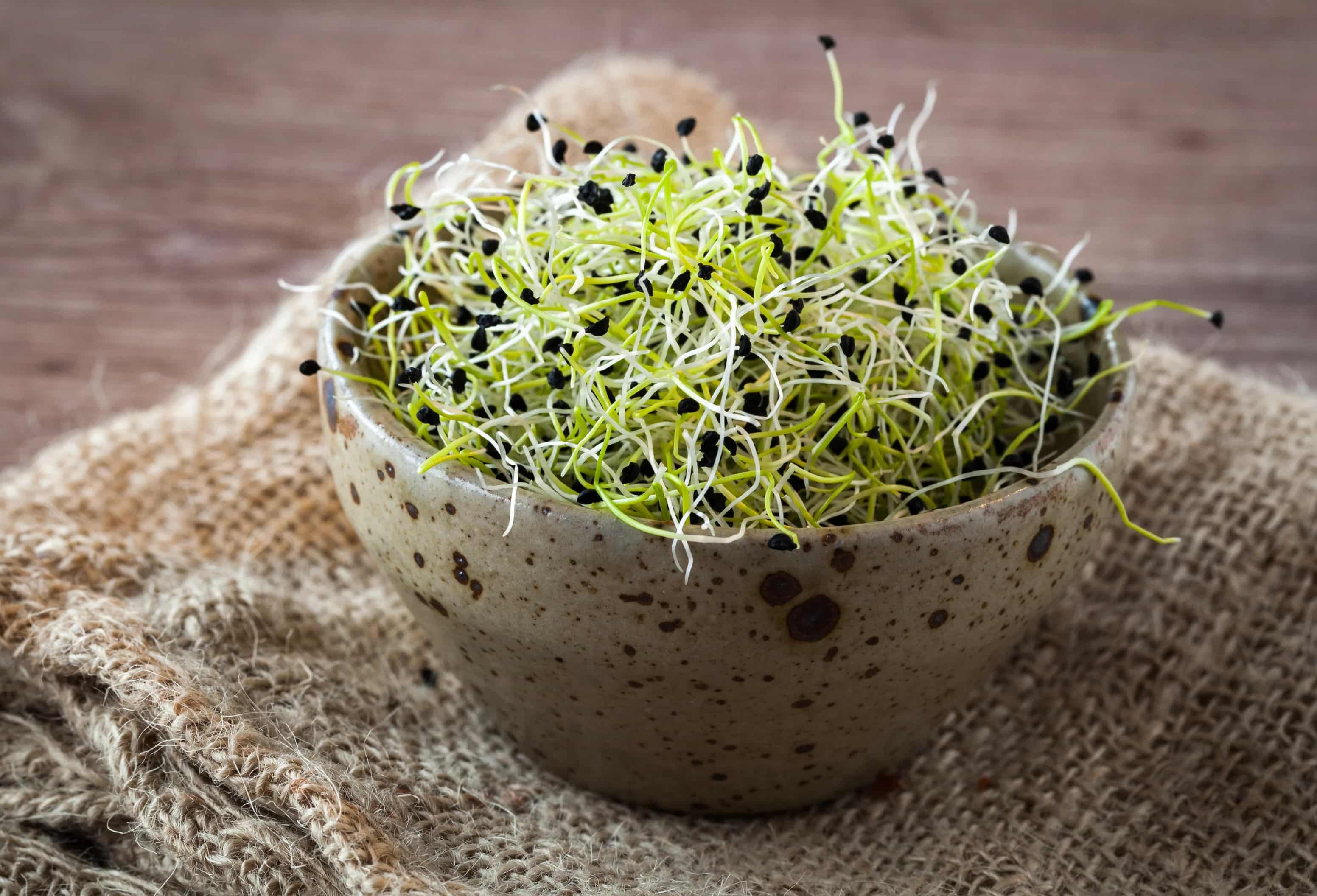
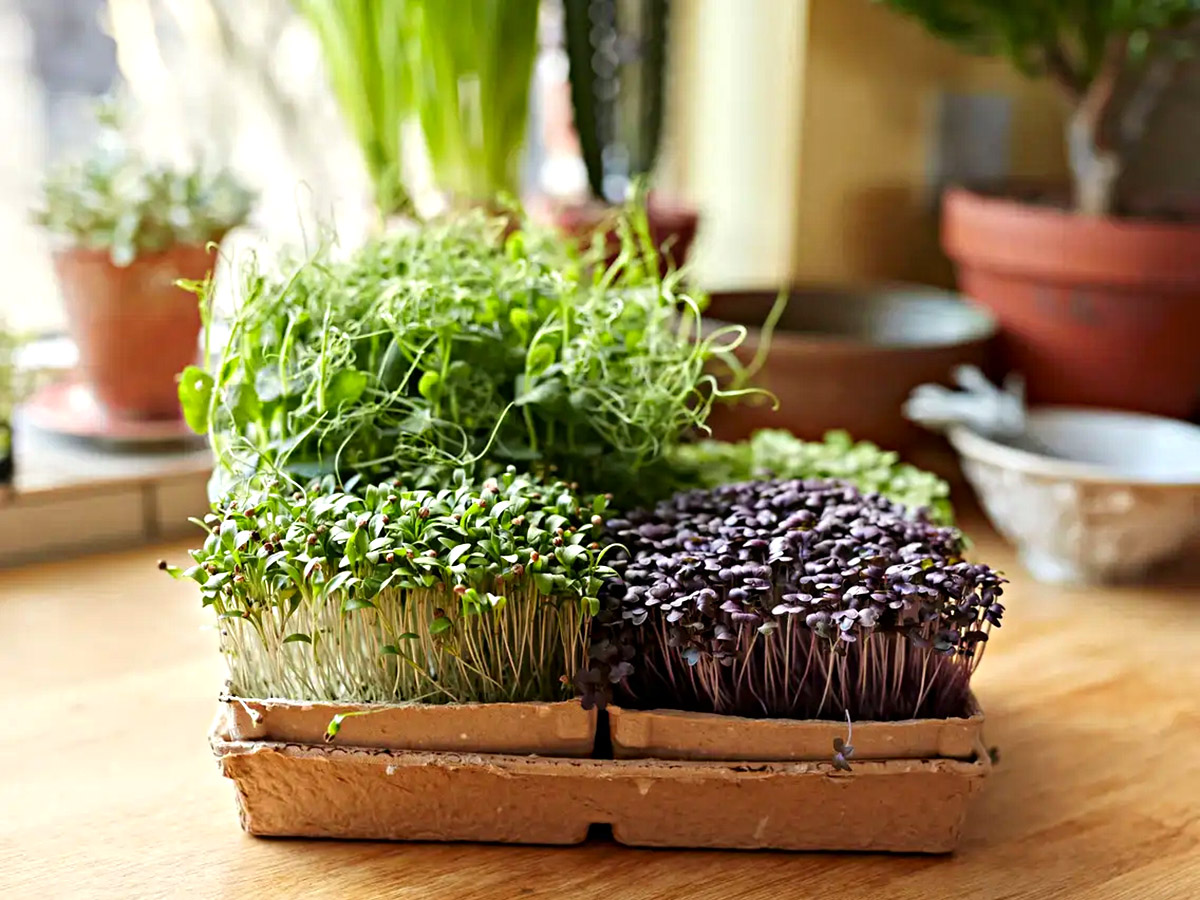
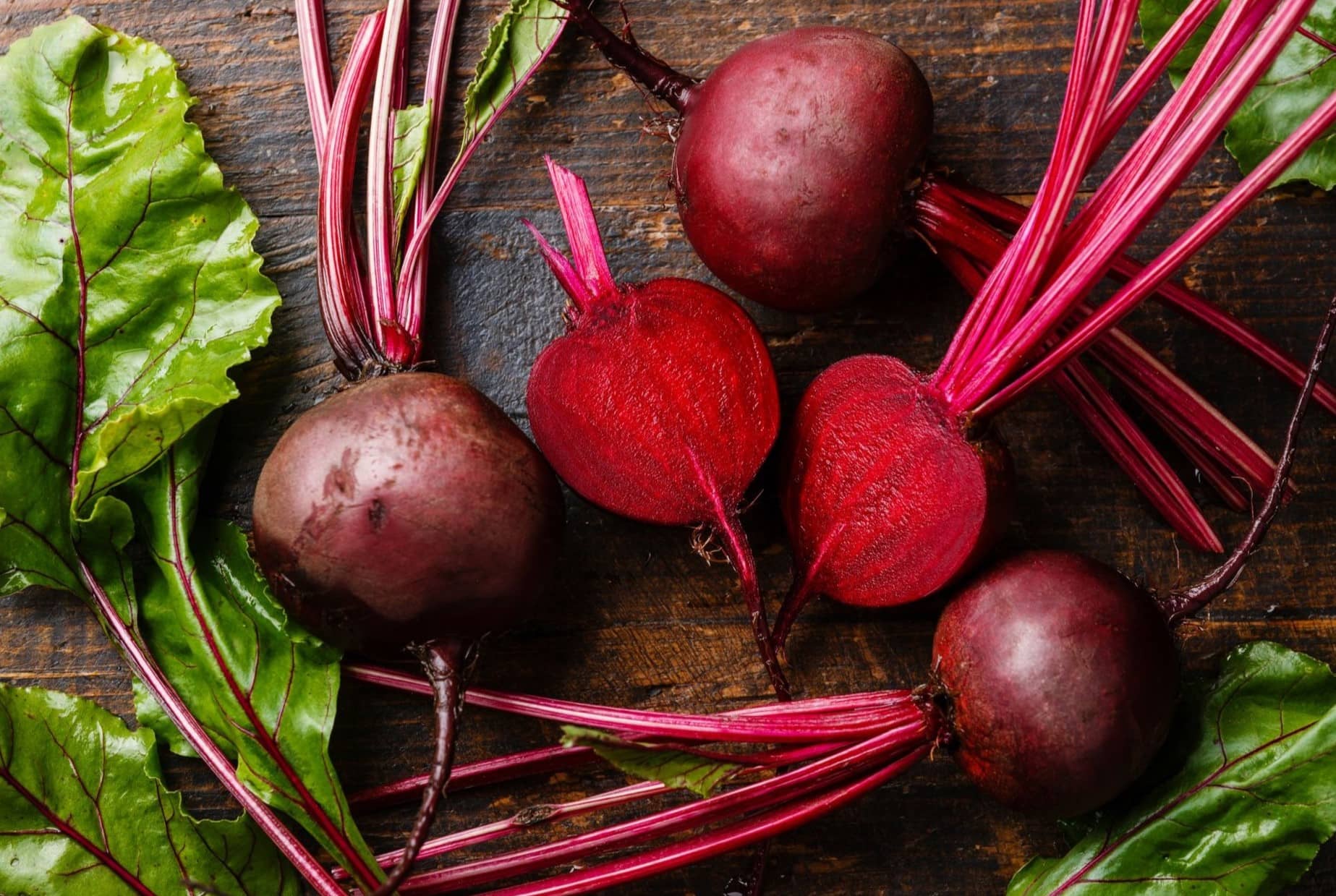
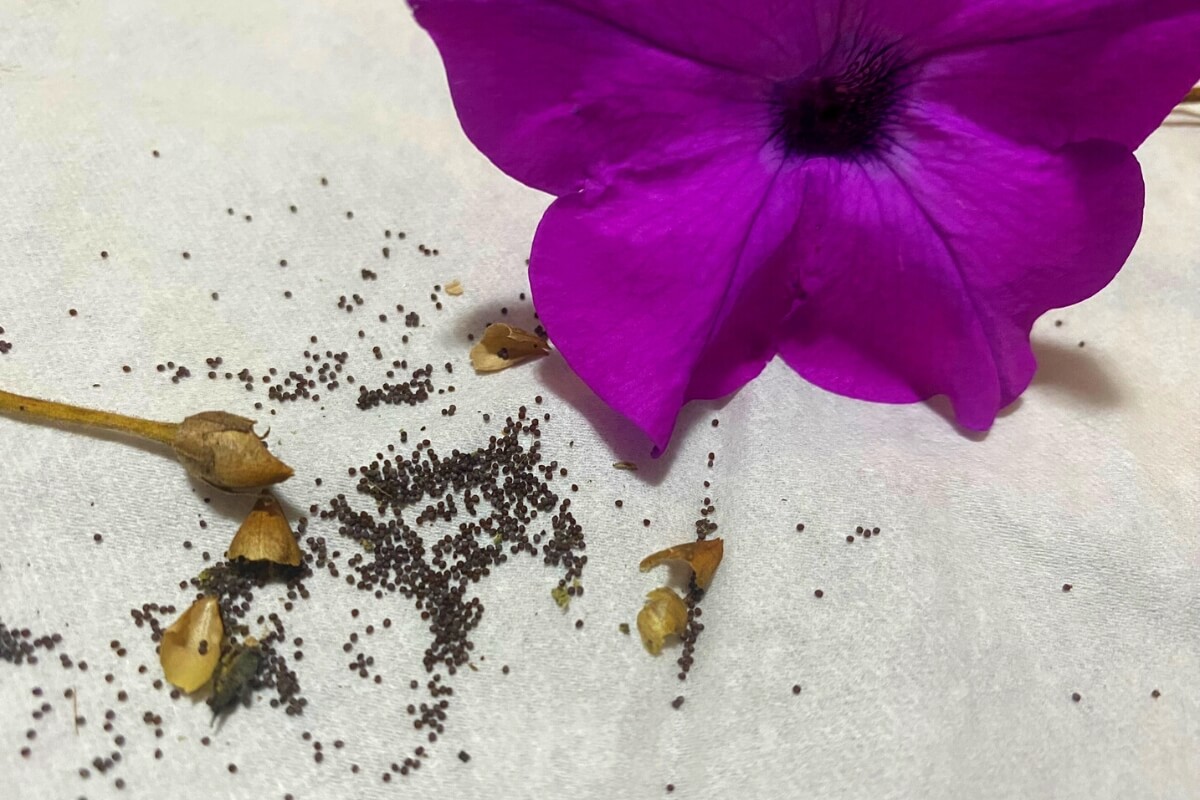
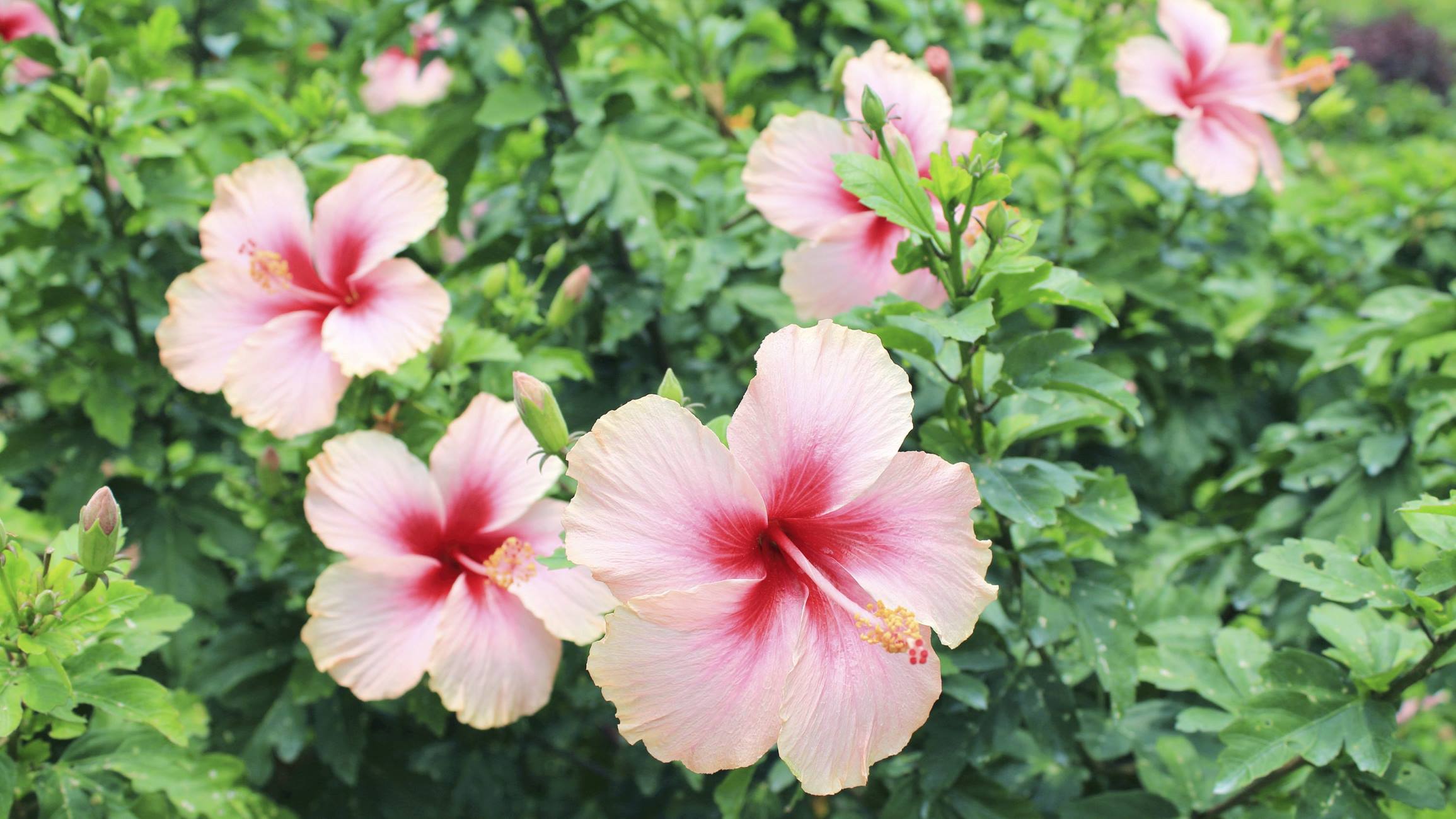
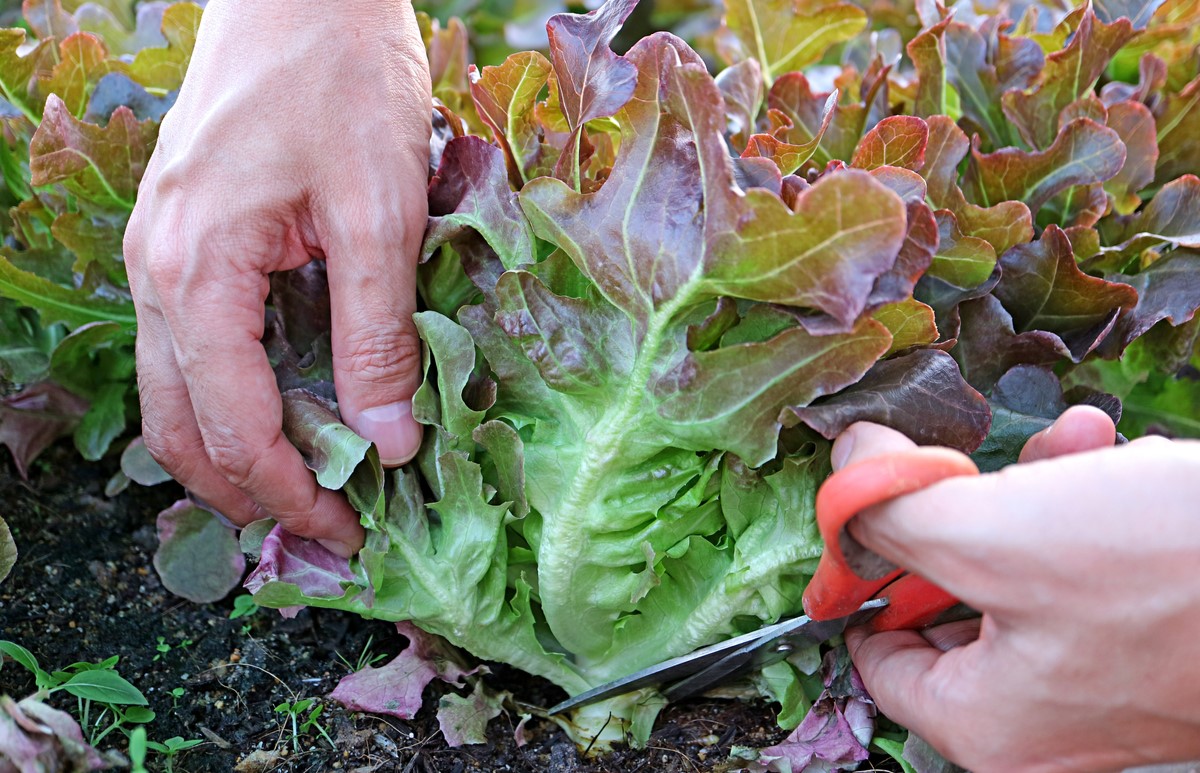
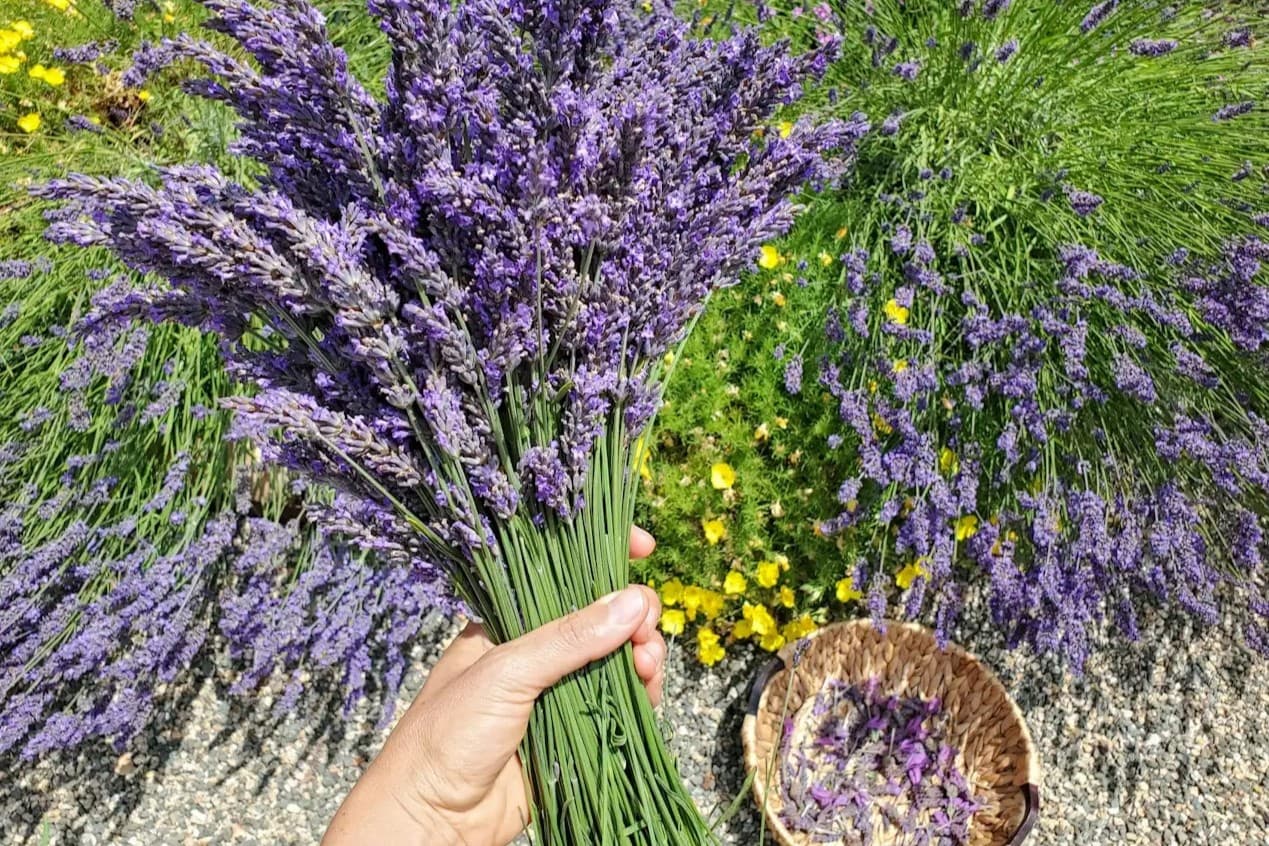
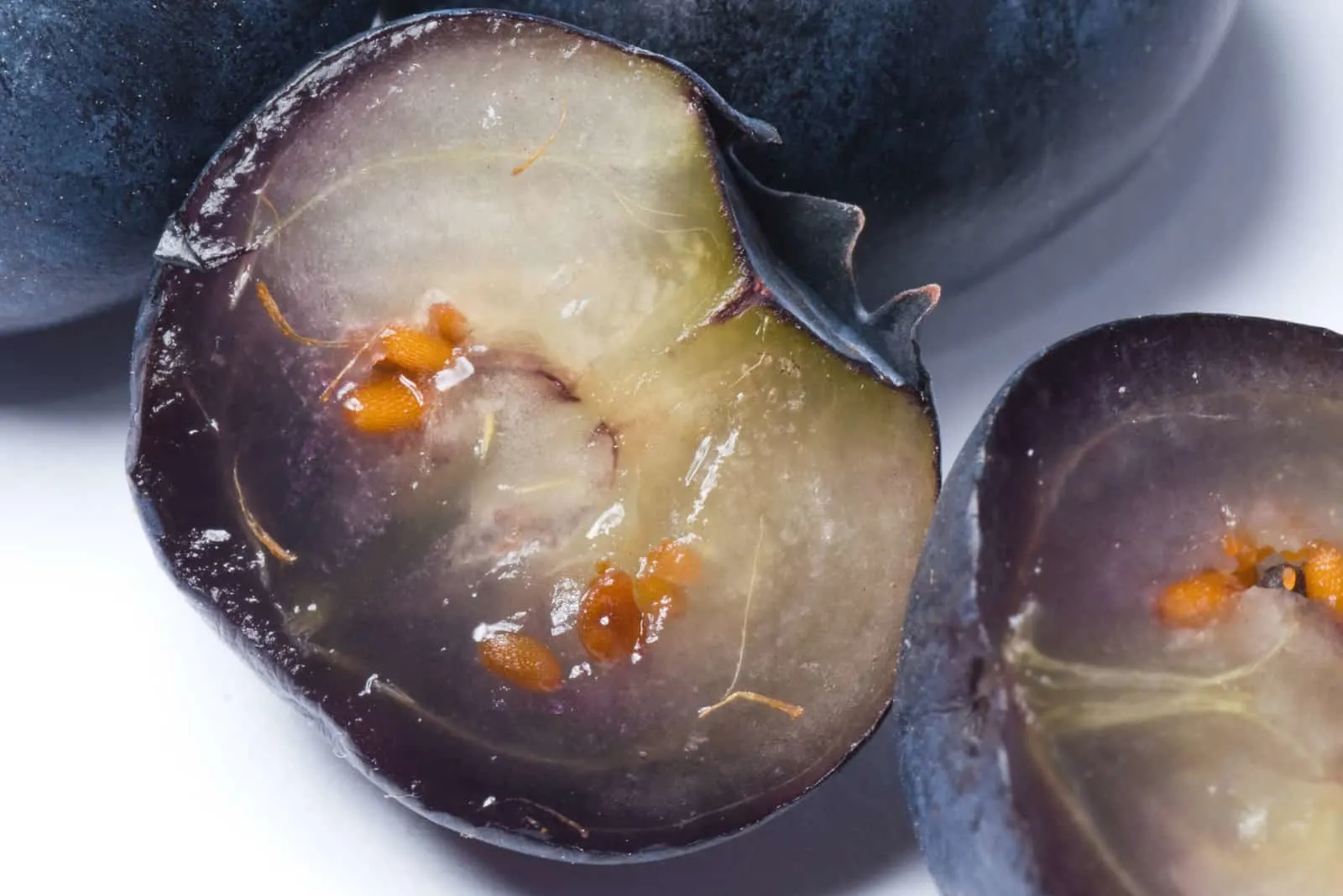
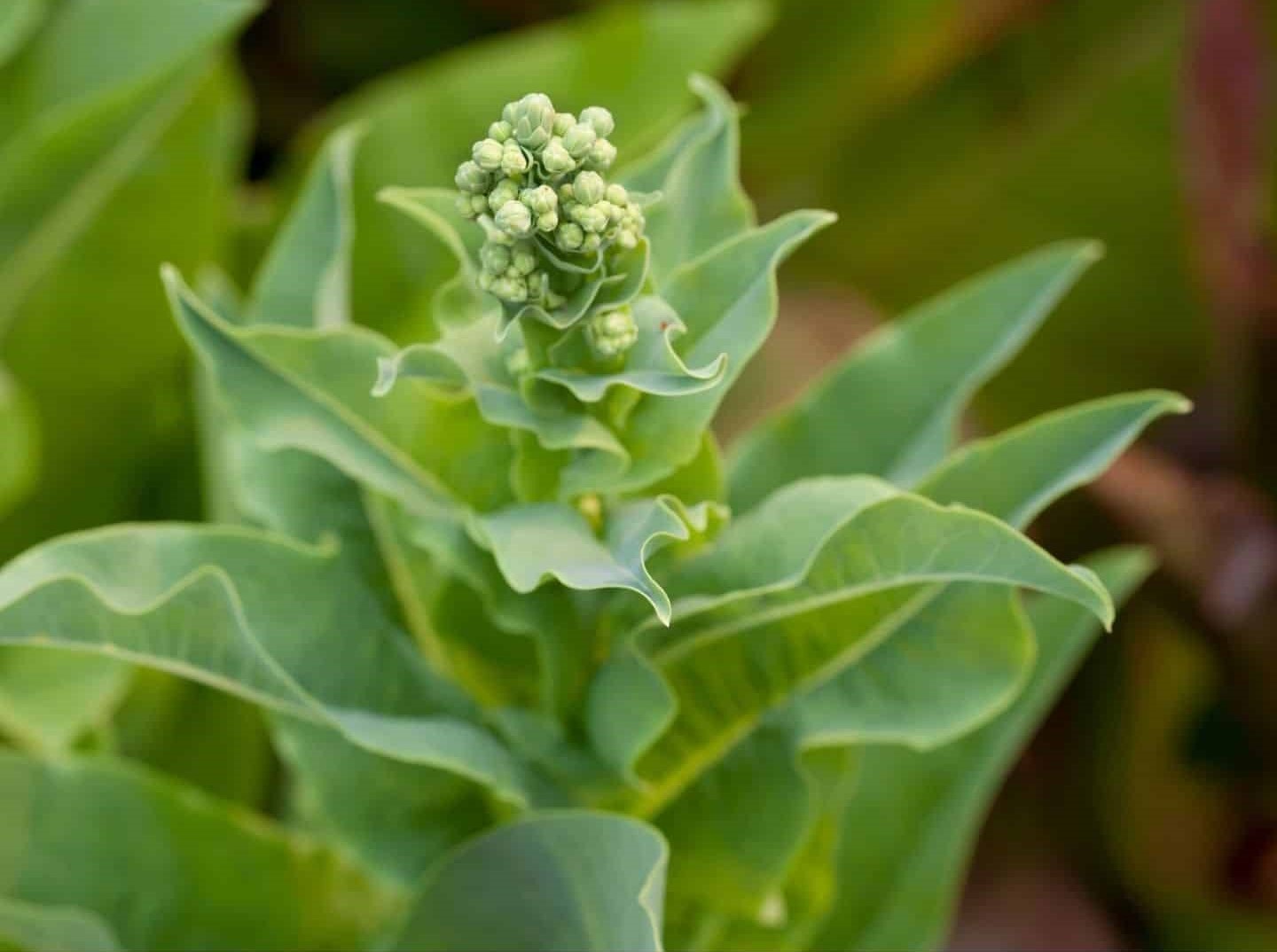
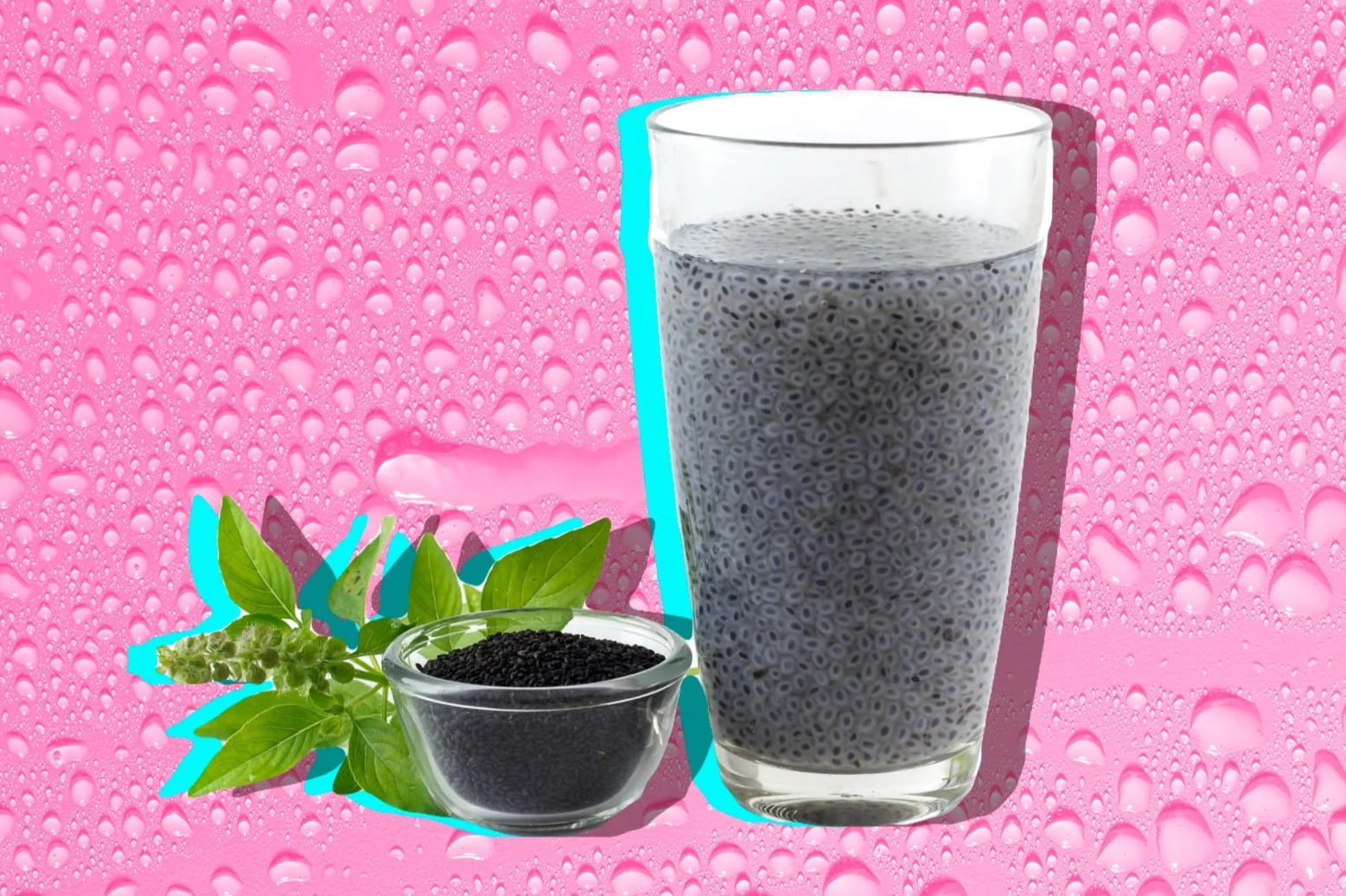
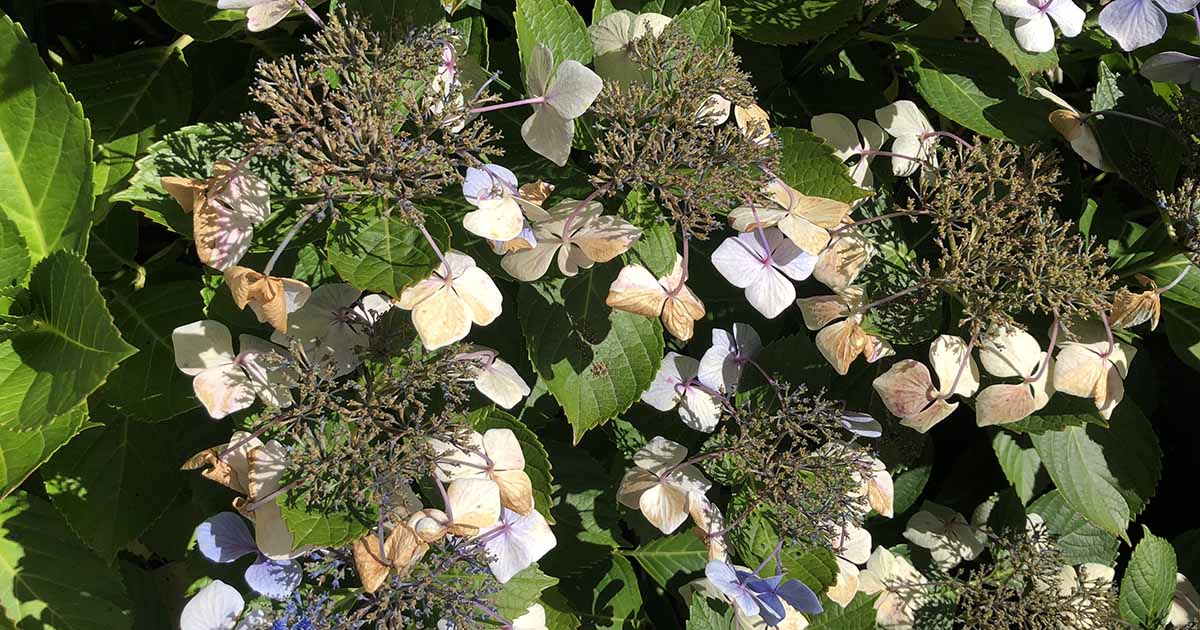
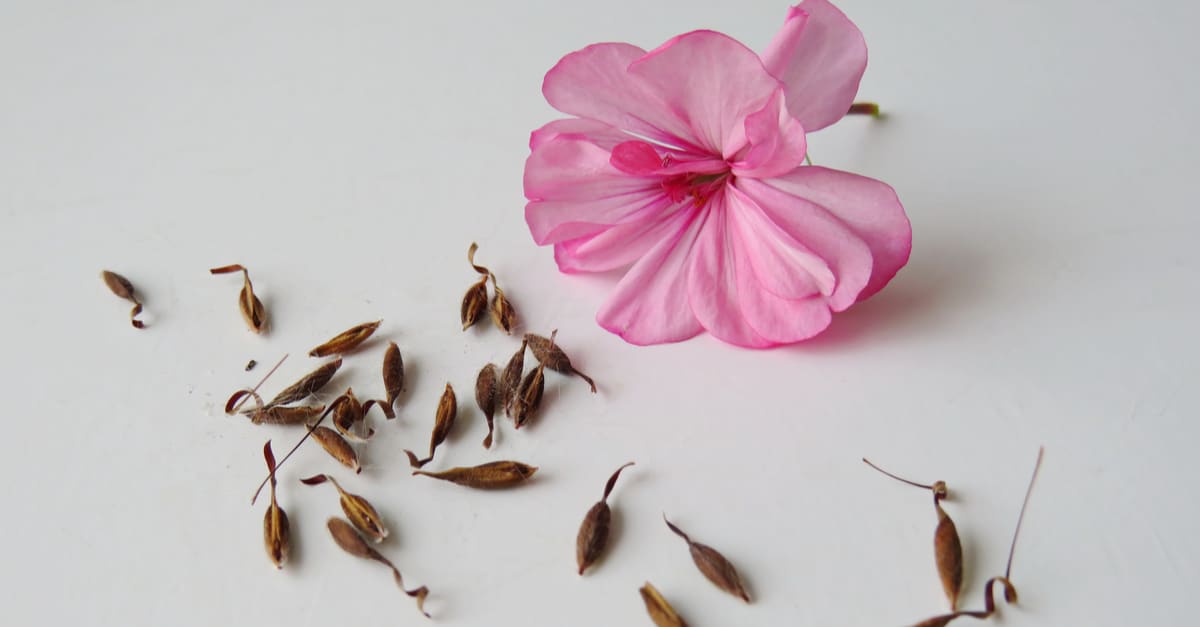
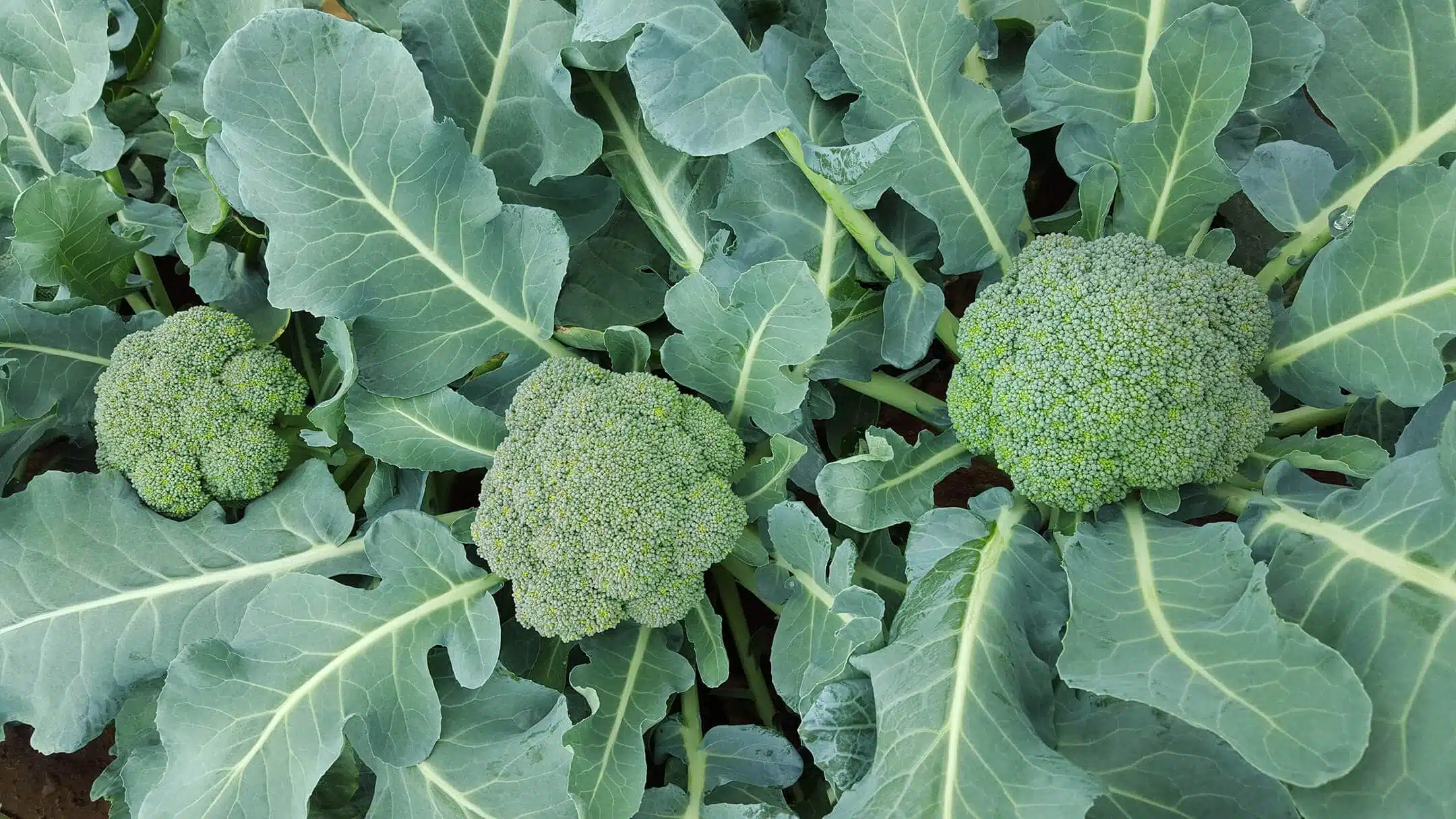
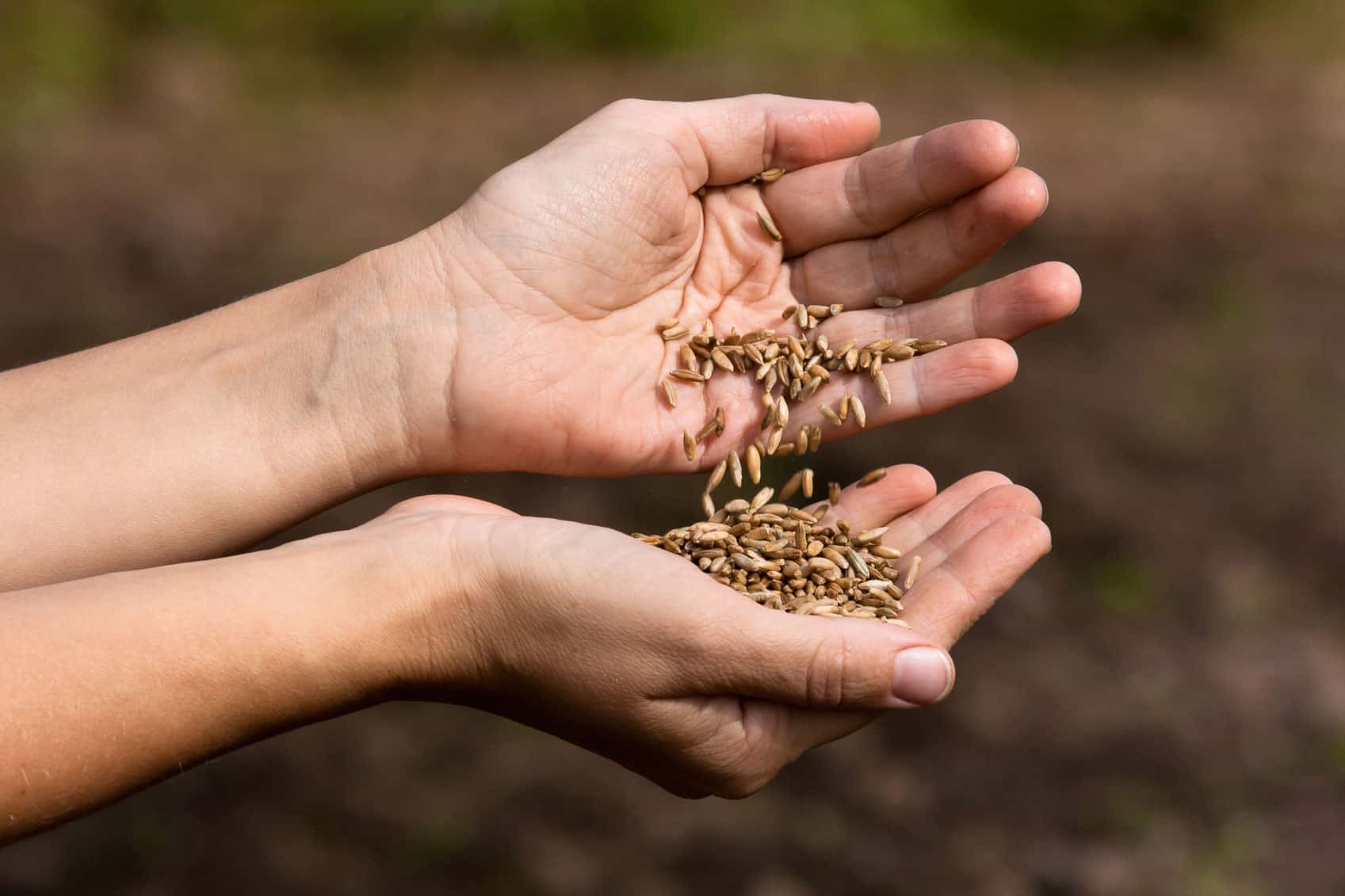

0 thoughts on “How To Get Seeds From Microgreens”